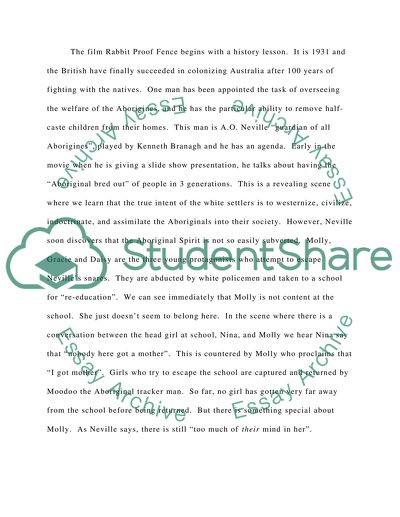Cite this document
(“Victims or Perpetrators: Aboriginality as Represented in the films Essay”, n.d.)
Retrieved from https://studentshare.org/visual-arts-film-studies/1513122-victims-or-perpetrators-aboriginality-as-represented-in-the-films-rabbit-proof-fence-and-the-tracker
Retrieved from https://studentshare.org/visual-arts-film-studies/1513122-victims-or-perpetrators-aboriginality-as-represented-in-the-films-rabbit-proof-fence-and-the-tracker
(Victims or Perpetrators: Aboriginality As Represented in the Films Essay)
https://studentshare.org/visual-arts-film-studies/1513122-victims-or-perpetrators-aboriginality-as-represented-in-the-films-rabbit-proof-fence-and-the-tracker.
https://studentshare.org/visual-arts-film-studies/1513122-victims-or-perpetrators-aboriginality-as-represented-in-the-films-rabbit-proof-fence-and-the-tracker.
“Victims or Perpetrators: Aboriginality As Represented in the Films Essay”, n.d. https://studentshare.org/visual-arts-film-studies/1513122-victims-or-perpetrators-aboriginality-as-represented-in-the-films-rabbit-proof-fence-and-the-tracker.


